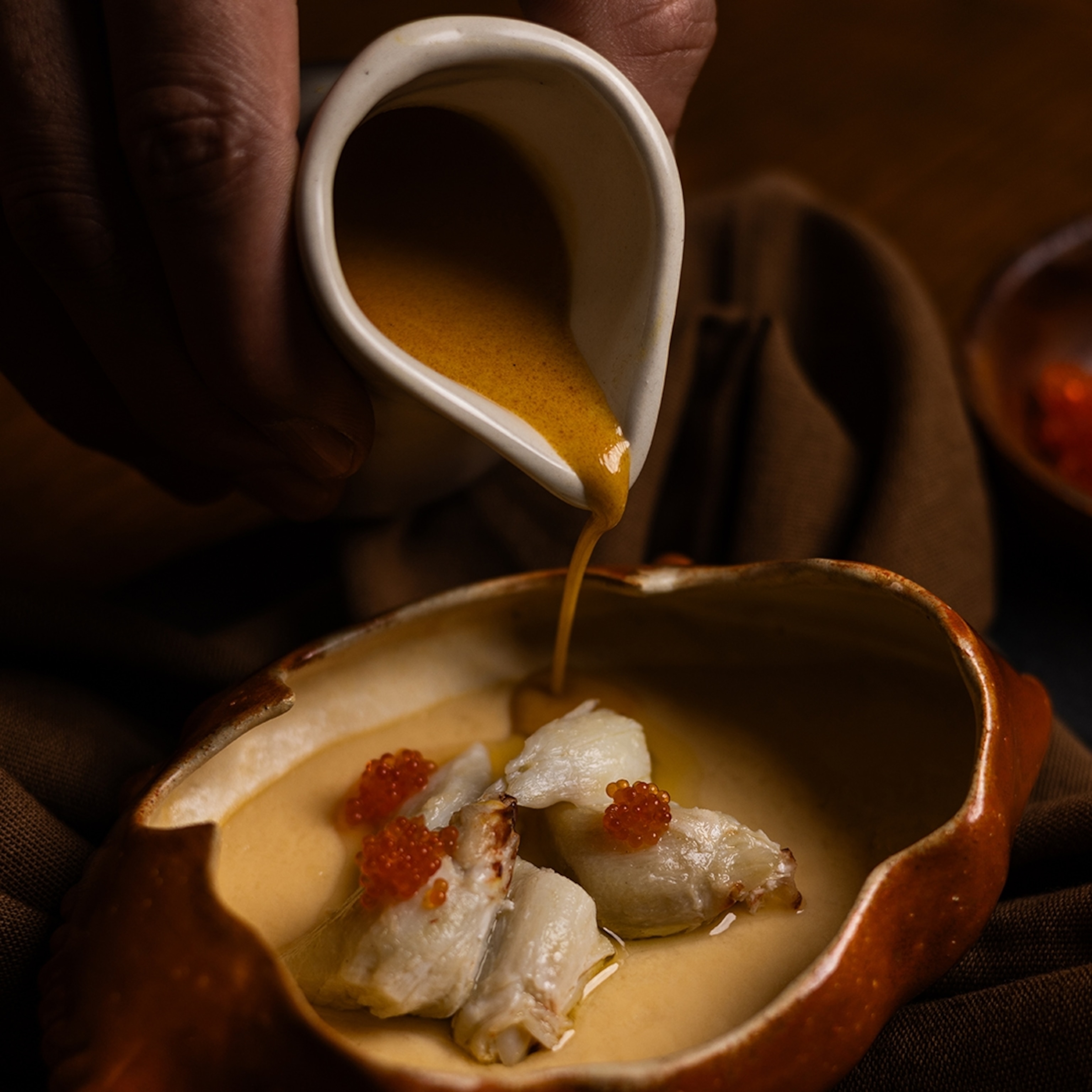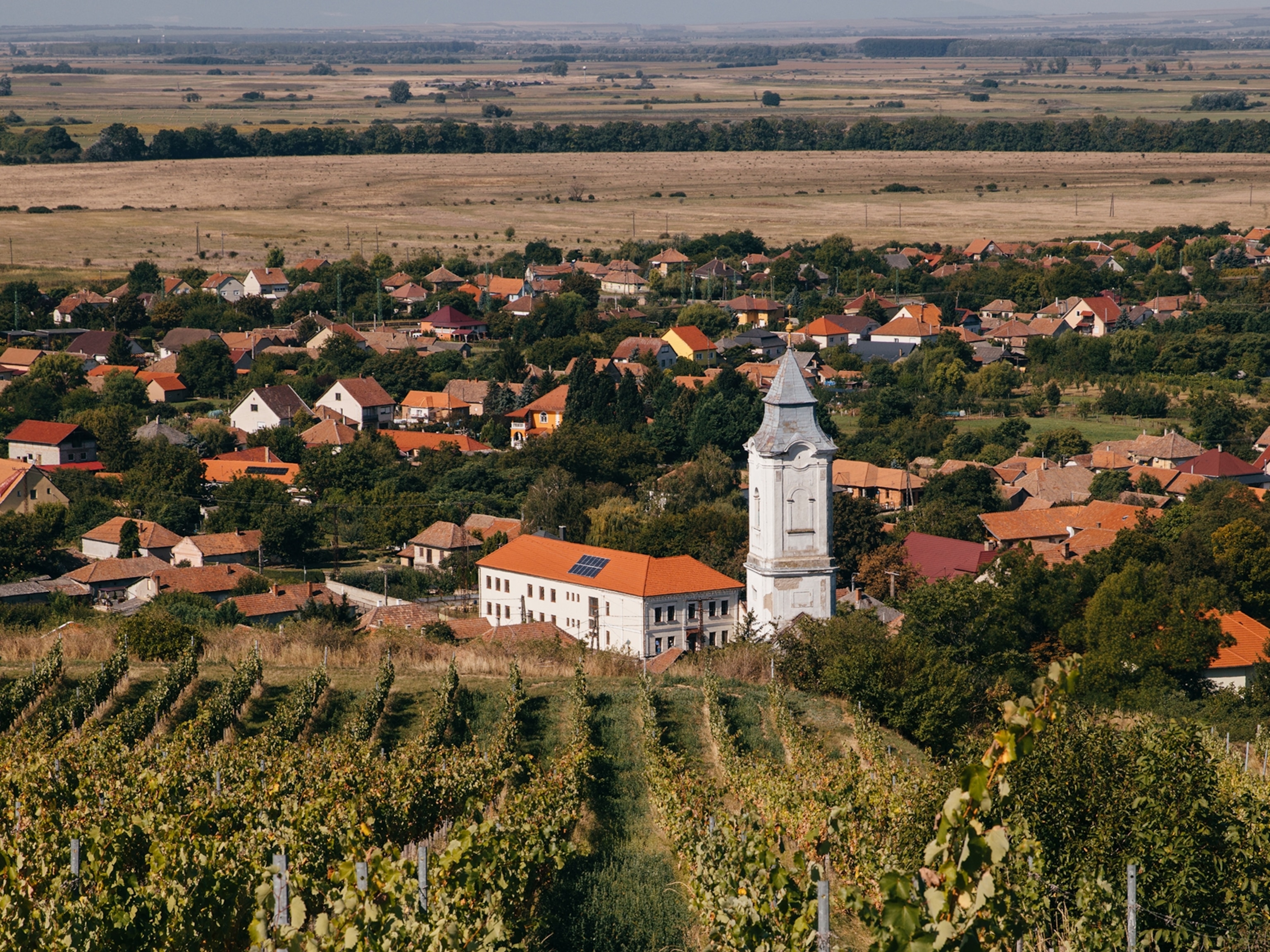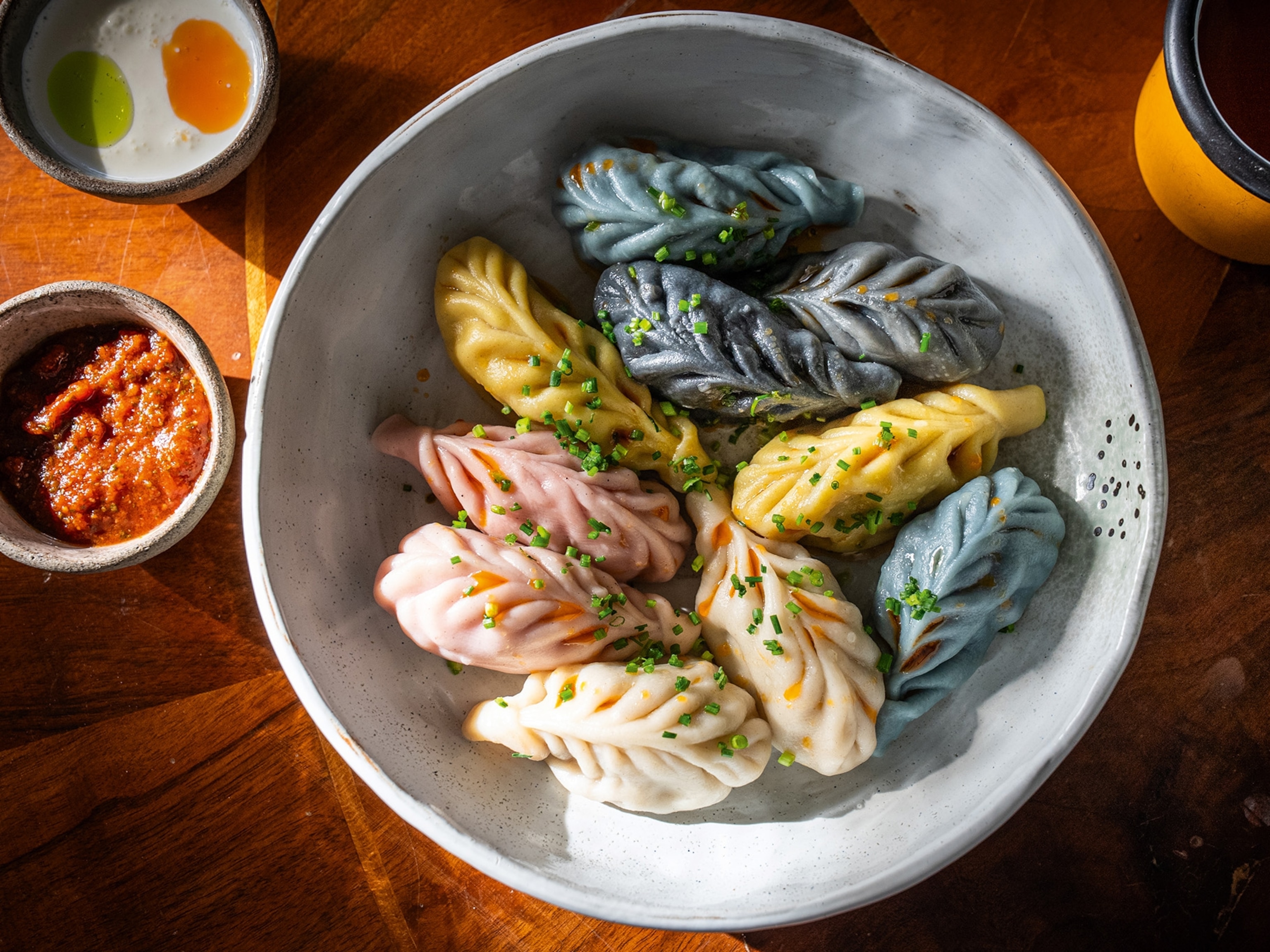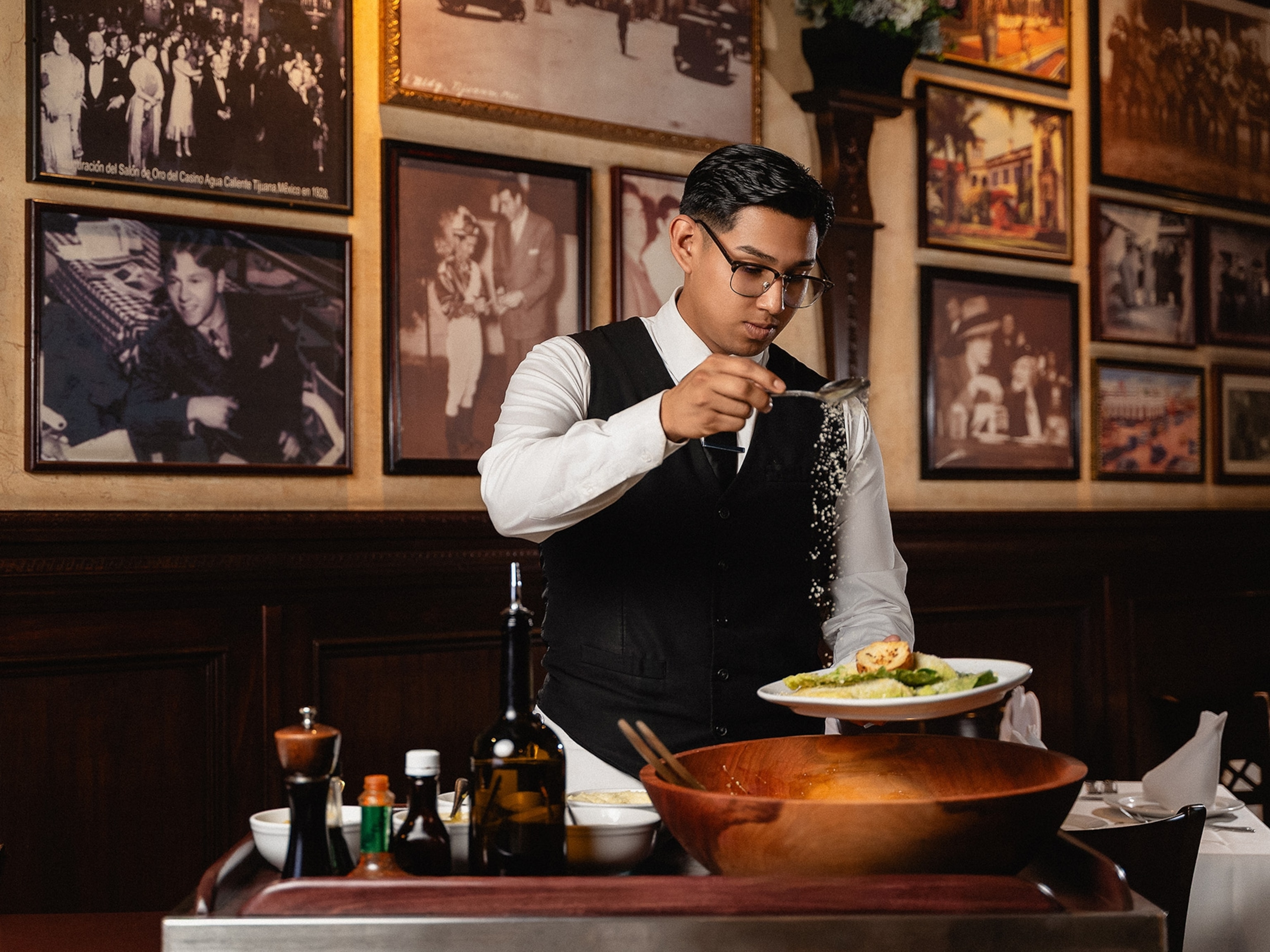
Hungary: Deconstructing goulash
Around the globe you’ll find all sorts of dishes masquerading as goulash. But the authentic, Hungarian version is a world apart. And it’s never, ever, a stew.
Known in its native Hungary as gulyás, this dish has travelled the world under its adopted, anglicised name, slowly distancing itself from its country of origin to the point where any cook adding spoonfuls of paprika to a stew now claims the right to call it goulash. In Hungary, however, that simply wouldn’t fly. To Hungarians it never was, and never is, a thickened stew.
Gulyás is the name for a family of meaty, paprika-spiced soups and braised dishes. Their simplicity opens the door for any cook to add his or her personal touch. While you can find creative chefs in Budapest serving refined versions of goulash, there haven’t been any landmark moments in its development. Instead it evolved over centuries at a slow simmer.
The dish gets its name from the gulyás who first roamed the Great Hungarian Plain with their herds of long-horned cattle over 1,000 years ago. These cowherds boiled their beef to create gulyásleves (goulash soup), leaving the pot to simmer away, stirring it only occasionally. Back then, they had neither paprika for seasoning, nor onions.
The latter didn’t reach Hungary until after the marriage of King Matthias to Beatrice of Naples in 1476. His wife introduced to his court southern Italian cookery and ingredients, including garlic, shallots and Spanish onions. The arrival of paprika is a more convoluted story. The short version is that the Turks introduced peppers when they overran most of Hungary in the 16th century. It’s likely they’d acquired pepper seeds from Italian traders who’d visited Spain.
Peasants in the Balkans — at the time also part of the Ottoman Empire — are thought to have been the first Europeans to grow peppers as a crop, and Hungary’s southeastern neighbour, Serbia, continues to do so to this day. The hot red peppers cultivated in the Serbian municipality of Pirot have even been included on the Ark of Taste, a global list of at-risk heritage foods drawn up by the Slow Food movement.
Across this part of Europe, farmers and fishermen began to add peppers to soups and hotpots. Townspeople crumbled up the dried fruit and sprinkled it over bacon. They referred to it as ‘Turkish pepper’ to distinguish it from bors (black peppercorns). Rarely did it filter through to the tables of the gentry, though.
Turning strings of brittle, sun-dried red peppers into a coarse powder changed over time. At first, peasants finished drying them in clay ovens, trod them like grapes and then pounded them in mortars. Later, millers began grinding them.
In 1859, the Pálfy brothers in the Hungarian city of Szeged invented a method for removing the seeds and veins containing the capsaicin, where most of the pungency is concentrated, to make sweet paprika from the remaining fruit. Today you’ll find numerous varieties of the stuff, with stalls in Budapest’s Central Market Hall offering up to eight different grades, ranging from mild édes to the very hot erős.
In his seminal book The Cuisine of Hungary, Hungarian-born restaurateur and food writer George Lang describes the blend of lard, onion and paprika as a ‘holy trinity’. Working in tandem, the first two ingredients form the basis of a good goulash, and while recipes might simply instruct cooks to sweat the onions in the fat, this gives little sense of the patience needed to extract maximum flavour.
Hungarians are true lard connoisseurs, and when making goulash, most will insist on using szalonna, smoked pork fat that in its most luxurious form comes from Hungary’s woolly mangalica pigs. Diced and rendered, it’s totally different from the bland lard stocked in most UK supermarkets. If, however, you don’t have any szalonna to hand, your best option is to substitute it with fresh dripping from roast pork, or good bacon fat.
Cooking the onions takes time. Perhaps because they arrived late in the country’s culinary history, they’re treated with reverence. In the kitchens of Budapest’s trendy Stand restaurant, chefs take up to an hour-and-a-half stewing them; browning them first over a low flame before adding water and reducing them down till they start sizzling. Then the process is repeated all over again.
In George Lang’s book, one gets the idea of just how dogmatic Hungarians can be about their national dish. He adds a series of caveats to his recipe: never use flour to thicken a goulash; never use any other spices beside caraway seeds and paprika; and certainly never Frenchify it with wine.
Cut above
Although there are versions of goulash that use veal, pork and lamb, this dish is really all about beef. Hungary has its own horned grey cattle, but it isn’t the breed so much as the choice of cut and what to do with it that matters most. Lean, fibrous meat such as braising steak or silverside simply won’t cut it. Even chuck, brisket or stewing steak lacks texture. Shin is ideal because it becomes gelatinous when tender. Ox heart and ox cheek both work too.
How to treat the meat depends on whether you’re aiming to make gulyásleves — the more common soup version of this dish — or a stew. At Stand, chefs Szabina Szulló and Tamás Széll grill the meat before dicing it into neat cubes and adding it to their onion base. This gives it an extra smoky, charcoal taste that mingles deliciously well with the broth. However, if a recipe veers towards a stew (bográcsgulyás, or ‘cooking pot goulash’) it’s simpler to cut the meat into larger pieces and omit the browning process. This is more akin to the Austrian method for making goulash, a dish that slipped across the border from Hungary during the last years of the Austro-Hungarian Empire.
The next, and simplest, step is adding the paprika and water to the pot, after which it needs to be left to cook for a couple of hours. Before it’s ready to eat, a few waxy potatoes, sliced green pepper or some potatoes may bulk things out. For home cooking, there’s nothing more to it.
Of course, this doesn’t account for the endless variants on the established goulash formula. Some cooks choose to sweat fresh tomatoes and/or wax peppers (similar to jalapeños and about the same strength) along with the onions, which turns the soup’s base into a kind of Hungarian sofrito.
Others ditch the more commonly used ‘noble sweet’ variety of paprika (aromatic, sweet, mild) in favour of their own custom blend, to achieve optimum pungency, sweetness and smokiness. Additionally, beef stock is sometimes used instead of water as the simmering liquid.
The classic accompaniment — usually rained into the broth minutes before service — is csipetke (pinched, dumpling-shaped noodles the size of a little fingernail). Galuska (a softer, stickier alternative) are noodles scraped through a grater-like shredder called a nokedliszaggató.
When push comes to shove there are two kinds of goulash. In countless homes and restaurants around the world you’ll find a stew that’s been borrowed from Hungary and adapted. However, an authentic gulyás, the way it’s made in its homeland, is a whole different kettle of meat.
Timeline
9th century
Magyar nomads boil meat in cauldrons called bogrács. Soup was their staple food.
1492
Christopher Columbus travels to America and returns with capsicums (peppers).
16th century
Ottomans introduce red peppers to Hungary. Peasants in the countryside grow them and use them as a seasoning.
1775
First mention in print of ‘paprika’ (referring to ‘paprika garden pepper’), in botanist József Csapó’s Herbarium.
1859
Spice millers in the Hungarian city of Szeged develop a technique for removing the veins and seeds of peppers to create ‘noble sweet’ paprika.
1866
First use (according to the Oxford English Dictionary) of the word ‘goulash’. It quotes the Crown Princess of Prussia as saying: “I have all their favourite dishes …. goulash for the Hungarians and polenta and macaroni for the Italians.”
1879
After paprika became fashionable at Emperor Franz Joseph’s court in Vienna, the French chef Auguste Escoffier introduced gulyas hongrois in Monte Carlo.
1937
Károly Gundel, founder of Budapest’s Gundel Restaurant, publishes ‘The Little Hungarian Cookery Book’, featuring no fewer than eight gulyás recipes.
Present day
The Hungarian town of Kalocsa holds a Paprika Festival every September.
Published in the Hungary, a culinary journey supplement distributed with National Geographic Traveller (UK)
Follow us on social media
Twitter | Facebook | Instagram | Flipboard







